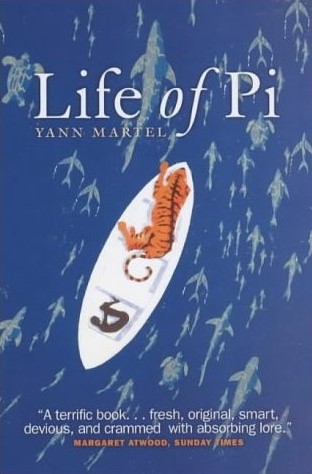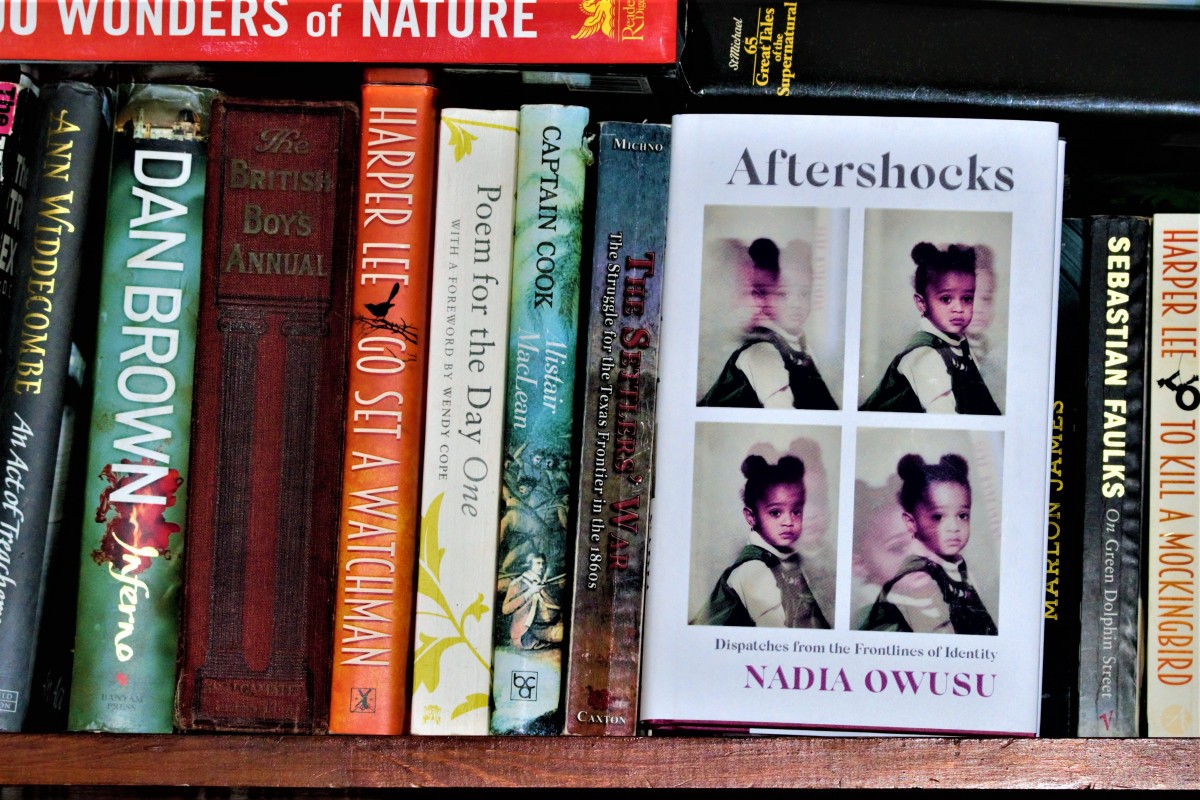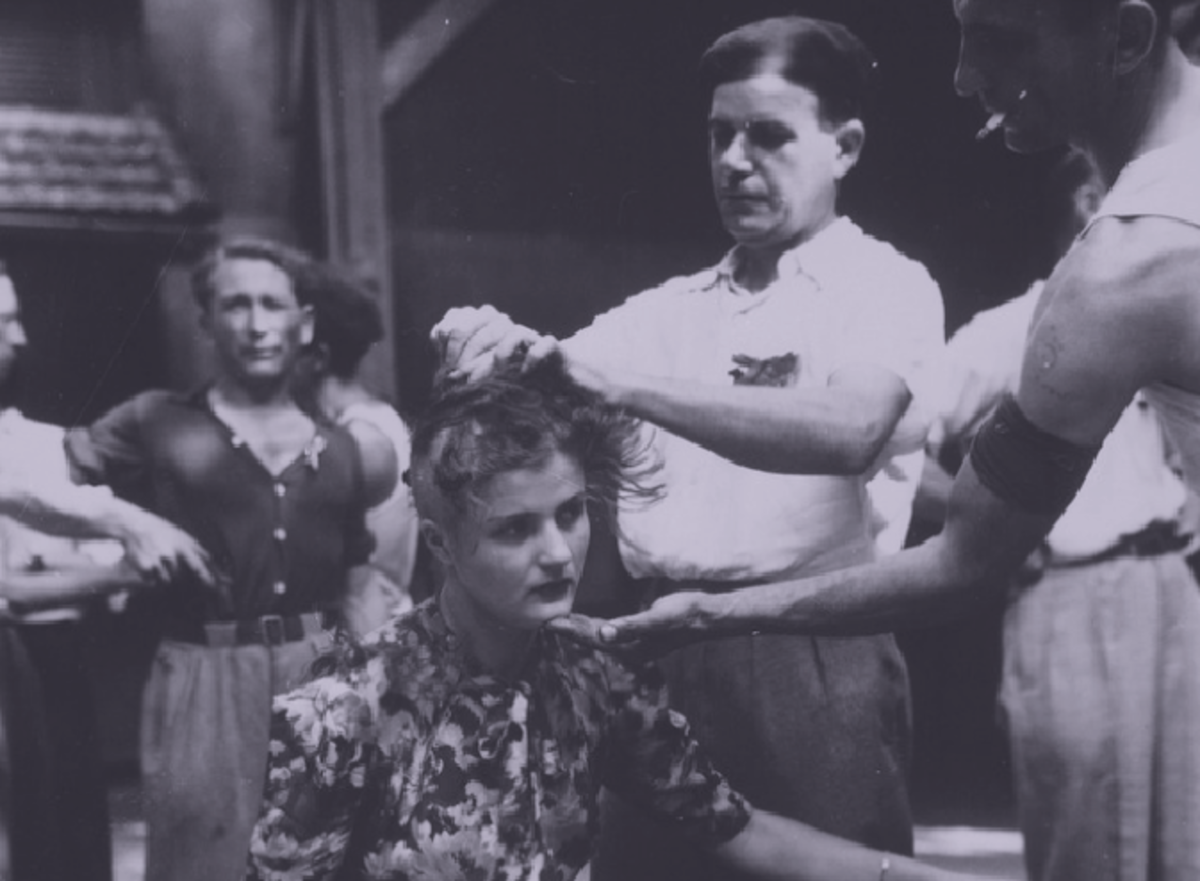Book Review: Life of Pi by Yann Martel

Synopsis
Yann Martel’s ‘Life of Pi’ is (unsurprisingly) about the life of a teenage boy Pi, whose full name is Piscine Molitor Patel Pi lives in Pondicherry, India, with his parents and brother Ravi. His father runs the local zoo and so Pi grows up around the animals. When Pi is sixteen his father becomes disillusioned with the Indian government and so he sells the zoo, and all the animals with the intention of moving the whole family to Canada. But when their boat sinks in the middle of the Pacific Ocean, Pi finds himself being thrown into a lifeboat, followed by a zebra that breaks its leg as it falls. Various animals climb on board the lifeboat or are found onboard until at its maximum capacity the boat contains a zebra, a hyena, an orang-utan and a Bengali tiger ... and Pi. He knows his place in this food chain and attempts to make himself as unthreatening as possible so that the victor would only turn to him as a last resort.
Sat on a life-raft hanging from the back of the lifeboat, Pi battles with starvation, dehydration and a savage animal. Equip only with his knowledge of animals and a locker filled with basic supplies Pi attempts to tame the wild animal he is living with, as he comes to realise the irony that his survival depends on the survival of the animal. Over two thirds of the story is devoted to Pi’s fight to stay alive, and how he keeps himself and the animal watered and fed while attempting to mark out his territory and keep away from the animal’s.
Review
When I read the blurb for ‘Life of Pi’ it seemed like it must be some kind of metaphor; that surviving a ship wreck a sixteen year old boy is marooned on a lifeboat with various wild animals. I don’t know what I thought but it all just seemed a bit crazy, how could a boy survive on a lifeboat with all these animals? Well, there’s only one way to find out!
It took me quite a while to really get into ‘Life of Pi’. I was interested but it wasn’t really gripping me; to begin with I had to force myself to read. It kept jumping back and forth telling different parts of the story before running chronologically. When I spent two and a half hours on a train I felt I had a really good amount of time to get engrossed in the story, and that seemed to work. After that it wasn’t long until I’d finished the book.
During the first part of ‘Life of Pi’ we learn with Pi how various animals behave. He grows up with them, so he does know a lot about them; where they’re from, what they eat etc, the pleasant side to the animals. But as he grows up he is taught some hard lessons about the savagery of animals, and it is these lessons that are prominent in his mind when he is stuck on the lifeboat. Since we have been with Pi as he learnt these lessons we are able to gauge just how terrified he must be and the images that must go through his mind. It is interesting that Pi mentions earlier how fascinated he was by the odd co-habitations that often occurred amongst animals. He recalls how in one enclosure rhinoceros’ and goats lived perfectly happily together; a bizarre combination that no one would ever have thought of. It is evident that this too is on Pi’s mind as he is trapped with four other animals. Can any of them cohabit on the lifeboat? I think deep down Pi knows the answer to this.
This also highlights another significant aspect that is dealt with, almost contradictorily, in ‘Life of Pi’, which is the importance of faith to Pi. Pi’s attitude towards religion is very unlike any conventional view and initially I thought it was very naive, but perhaps he has grasped something about religion that everyone else seems to miss. Having been born in India it would seem natural for him to be a Hindu, but his parents aren’t very religious so he really has to discover it for himself. After becoming a devout Hindu, he then discovers Christianity and Islam and is soon a convert to all three religions. One wonders how he finds time to do anything with all the religious commitments he must have. When it finally emerges that he had been following all three religions, he explains it by stating ‘I just want to love God.’
The reason I said that this was contradictory (other than because he’s following three religions) is that he obviously also has a very scientific mind. This favourite teacher at school was an outspoken atheist and he learns a lot from him. Pi learns about all the animals in the zoo, he knows facts about them, empirical data that he has tested (or observed) and he uses this when he is stuck on the lifeboat. But at the same time in his mind he still wants to believe that the typical predator-prey relationship is suspended and the animals will get along together and be accepting of him, like in the few anecdotes he’s heard of before.I would recommend this book as something unique and unlike anything else you’ve already read. As you read you can see why Martel won the Booker Prize for ‘Life of Pi’; despite telling the story of a lifeboat in the middle of the Pacific Ocean, he still manages to keep it interesting even when Pi is bored. He writes as though it were a true story, even in the author’s note at the beginning. So obviously when Pi tells others about his ordeal he is forced to tell them two stories, one is the truth and the other is a less interesting but more likely version. This clever twist leaves the reader with a conundrum: while the book is fictional, the fact that Pi might have been making up his adventure still makes it feel like we are being robbed of something. It throws into question everything we’ve read but then you have to wonder if it even matters. Perhaps at the end of the day it is all in fact a metaphor.









